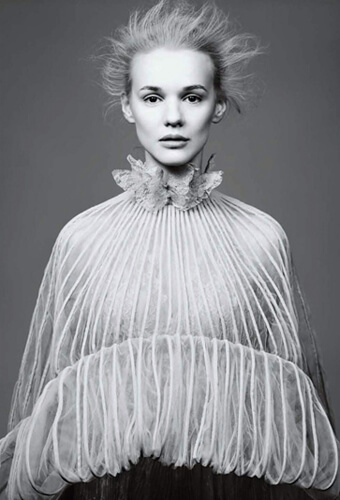Aneta Bartos was born in Poland and moved to New York City where she attended The School of Visual Arts. Most recently she was a part of the exhibition Hearst 8X10 at the Alexey Brodovitch Gallery, New York curated by John Bennette. In early 2013 she exhibited her project titled Boys with a solo exhibition at the Carlton Arms Hotel, New York curated by Jon Feinstein. During 2012 she was a part of 31 Women in Art Photography at Hasted Kraeutler, New York curated by Natalia Sacasa and Jon Feinstein. Earlier that year she showed in a two-person exhibition titled Jack & Jill curated by Anne Huntington. The same year she was commissioned by Neville Wakefield to create an installation for the opening of ACME in New York. In 2010 her collaboration 4Sale was shown in New York, Moscow and Poznan. A year earlier, she debuted with a solo show at Artsource, New York. In 2007 she was chosen by Photo District News as their top choice for Emerging Photographers. Additionally, Aneta's work has been featured in New York Magazine, T Magazine, Time Magazine, Artinfo, Modern Painters Daily, W Magazine, Interview Magazine, Hyperalleric and Paddle 8 among others. She is currently working on her first book from her series titled Spider Monkeys.
